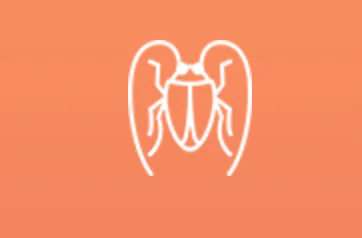Classic biological control consists of the introduction and acclimatization of new species of entomophages, that is, those that feed on arthropods. Typically, exotic predators of plague origin, even exotic ones, are introduced suddenly. The new predator eventually adapts to the system. In this technique we find neoclassical biological control. Which presents exotic natural enemies against native parasites, although this method is not recommended. You can find out more about pest control here.

In a classic biological control program, beneficial fauna existing in the area where the problem occurs is cataloged because at times the native fauna is able to control exotic parasites. In addition, it is necessary to determine the place of origin of the parasite, since its natural enemies will be there.
Before applying the technique, it is necessary to conduct a comprehensive study, create a quarantine zone, and identify the most interesting species. You can then pick up natural enemies and throw them into the area. Everything is under strict control and monitoring of the study.
Control of biological conservation
With this technique, it aims to modify the environment and manipulate habitats to promote and improve the activity of natural enemies. These natural enemies are already present in the system and may be natural or introduced by previous strategies. In short, we try to preserve what we already have.
Biological control of seasonal and alluvial crops
Through a seasonal inoculation strategy, biological control agents (predators) are introduced periodically, once or more times a year, to reproduce, so that it is their offspring that ultimately control the parasite, but without permanent establishment. These agents must have grown a lot, so there are usually companies that handle them.
The flooding method follows the same strategy, but predators are introduced en masse. There is also ethological parasite control, which with the help of pheromones and all their derivatives, attractants, repellents and food inhibitors can control parasites without the penetration of predators.



